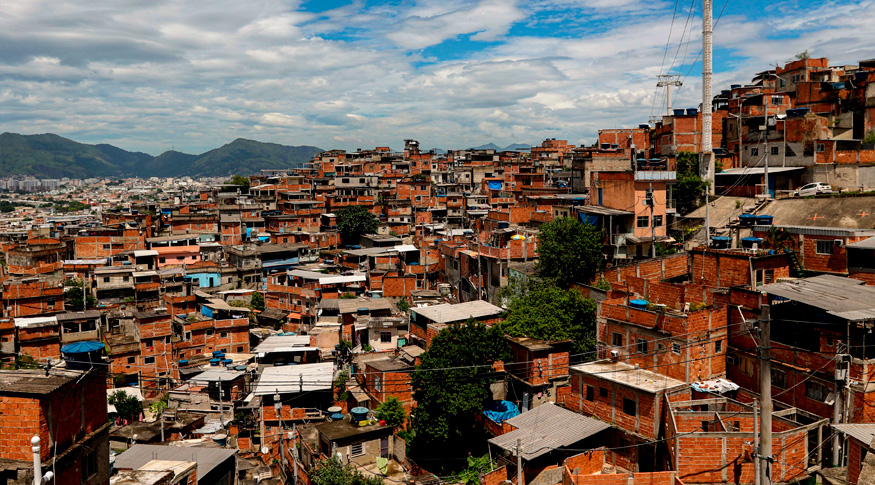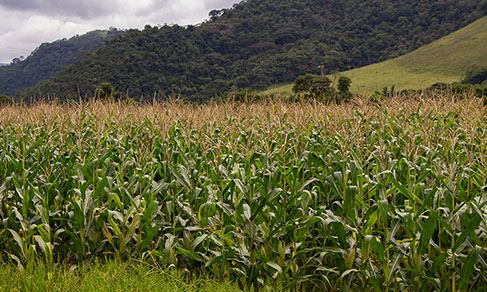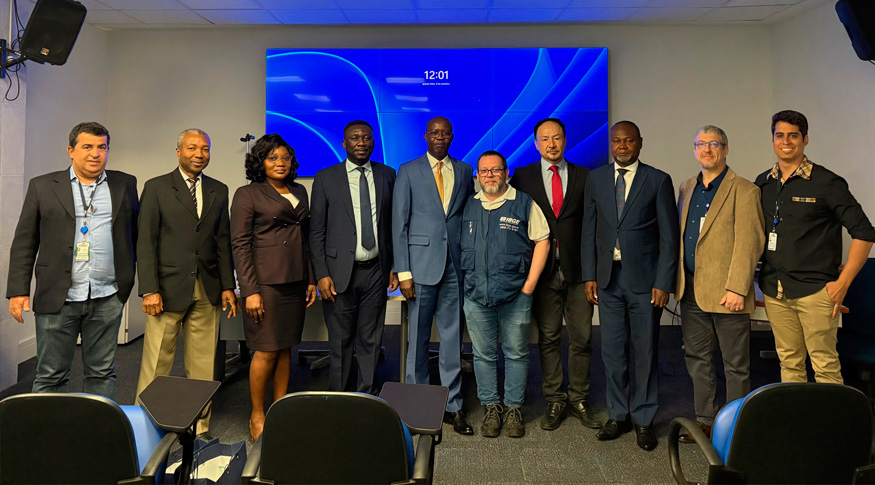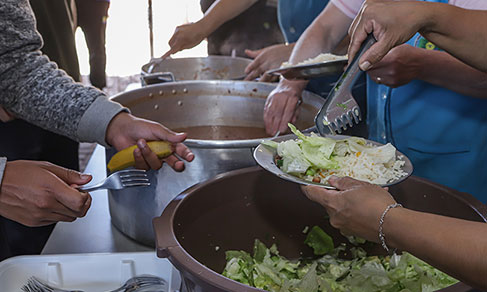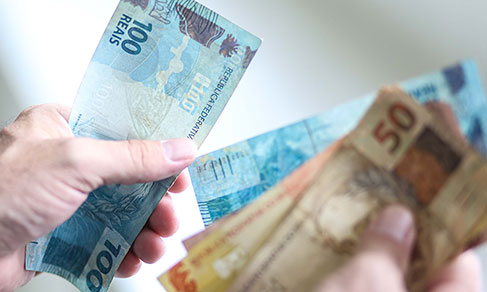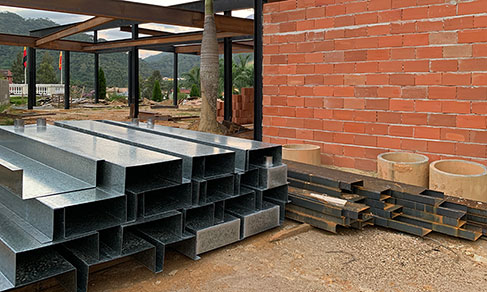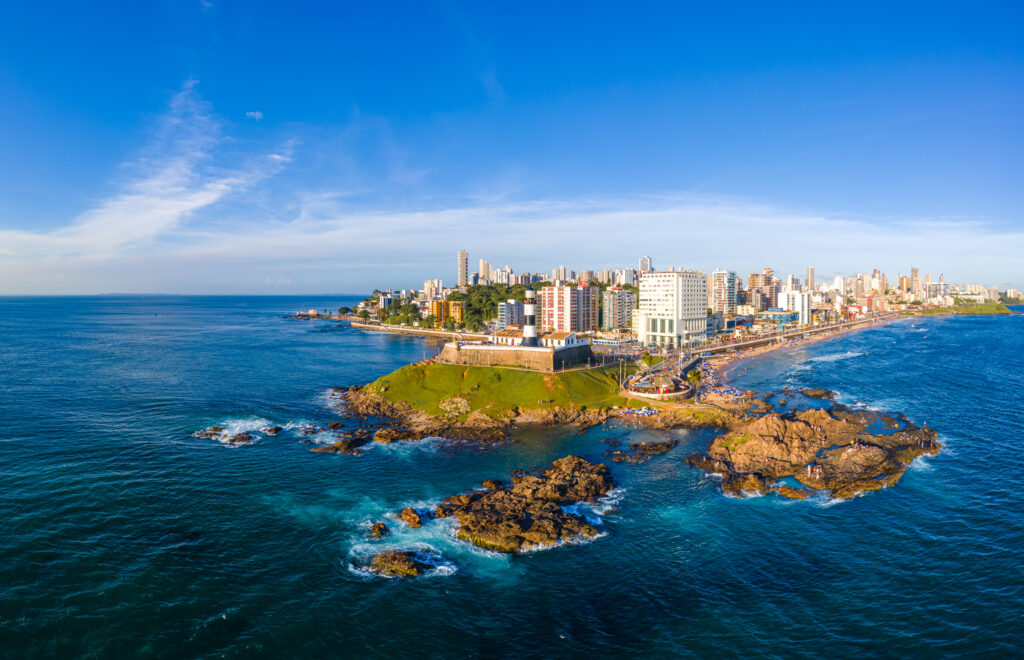Earnings from all sources
Northeast is the only region with increase in concentration of income in 2019
May 06, 2020 10h00 AM | Last Updated: May 11, 2020 04h47 PM
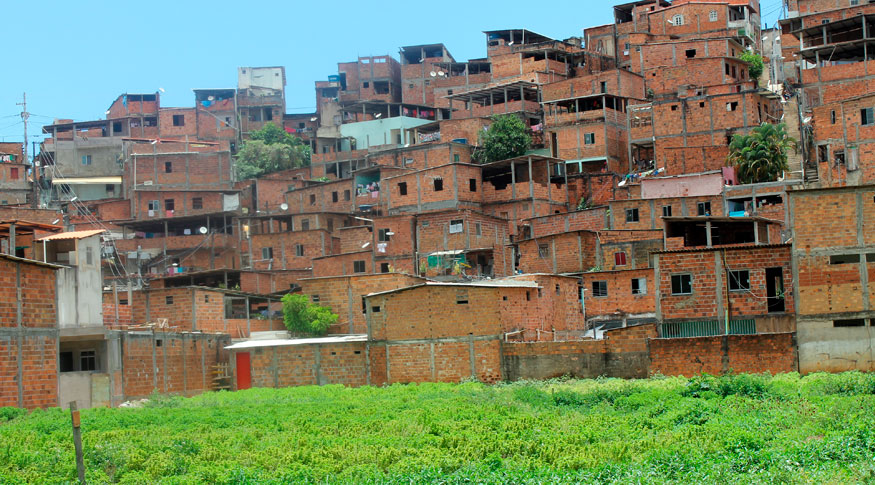
The per capita income concentration, measured by the Gini index, showed stability (0.543) in Brazil, in 2019, in comparison with the previous year (0.545). There was a reduction in all regions, with the exception of the Northeast, where inequality increased from 0.545 to 0.559. The data are from the Continuous PNAD, Earnings from All Sources module, released today (6) by the IBGE.
One of the main indicators for measuring income inequality, the Gini index ranges from zero to one. The closer to zero, the better a country's income distribution and the closer to one, the more unequal the economy.
“This stability of the Gini index last year, with a slight downward trend, is due to income gains in practically all ranges. The highest gains were registered in the in-between distribution ranges (2.6%) and among the richest 1% (2.7%). Important gains in the intermediate ranges equalized the unequal distribution of income, keeping it relatively stable. The average per capita earnings from all sources rose 1.4% and reached R$1,406 in 2019," said survey analyst Ms. Alessandra Scalioni Brito.
Although the concentration of income has fallen in almost all Brazilian Major Regions, with the lowest index in the South (0.467) and the largest reduction in the North (from 0.551 to 0.537), the increase in inequality in the Northeast, which went from 0.545 to 0.559 , contributed to the stability of the Gini index in 2019.
“The Southeast has an importtnt weight on the income distribution indicator. In this region, we had an important reduction in the concentration of income (0.533 to 0.527), but the Northeast also concentrates population, and its high inequality seems to have exerted a high impact, preventing the reduction of the national Gini. In the Northeast, we had a strong increase in the income of the richest 1% (14.9%) and a loss of income (-5%) in the poorest 10% share. This increased the region's inequality, ”added the analyst.
Ms. Brito also says that the concentration of income registered in 2019 is the second highest since the beginning of the time series, in 2012. Between 2012 and 2015 there was a trend of decline in the indicator (from 0.540 to 0.524), which was reversed as of 2016, when the Gini index increased to 0.537, reaching the highest value of the series in 2018 (0.545). The best result (0.524) was recorded in 2015.
Another fact that explains the inequality in the country is the concentration of the per capita average real monthly household wage bill. In 2019, it grew to 294.4 billion, with the share of the poorest 10% having 0.8% of the wage bill, while the 10% with the highest incomes concentrated 42.9%. Average monthly earnings in the range of the richest 10% exceeded even the proportion held by 80% of the population (41.5%).
The high concentration of per capita income is also reflected in the earnings from all jobs. Last year, the income of the richest 1% was 33.7 times higher than the poorest half in 2019. This means that the share of workers with the highest income earned R$28,659 per month, on average, while the 50% less favored earned R$850. In 2018, this ratio was 33.8.
Retirement pension and benefits grow among income sources
The survey released by the IBGE also details the distribution of income sources. The largest share in the composition of the average income comes from earnings form work (72.5%), followed by other sources (27.5%) and retirement pension and benefits (20.5%). Other earnings include (3.4%), rental and leasing (2.5%) and alimony and allowance (1.1%).
“Uo to 2014, there had bee an increase in the share of earnings from all jobs in the per capita household income, reaching 75.2% this year. As of 2015, the share related to other sources of income increased, driven mainly by the upward behavior of pensions and welfare benefits, which reached 20.5% in 2018 and 2019”, commented Ms. Brito.
Number of families receiving Bolsa Família keeps falling
Regarding income transfer programs, the survey reveals that year after year the number of beneficiaries of the income trasfer program called Bolsa Família, addressed to the extremely poor population, continues to fall. In 2019, people living in 13.5% of Brazilian households benefited from the program. In 2012, however, this share was higher (15.9%).
Between 2012 and 2019, the Northeast was the region that suffered the greatest reduction in the percentage of households with beneficiaries of the program (-6.1%). Last year, the North and Northeast regions had the highest proportions of households with beneficiaries of the program: 25% and 27.6%, respectively. On the other hand, the South region registered the lowest proportion (4.7%).
The per capita monthly income of Bolsa Família beneficiaries rose from R$341 to R$352 last year, although the program registered a peak of R$398 in 2014. “The income of those receiving this benefit is much lower than the income of those who are not beneficiaries of the program (R$1,641). This shows that Bolsa Família is in fact aimed at the poorest portion of the Brazilian population ”, commented the survey analyst.
The Continuous Cash Benefit (BPC), which corresponds to a minimum wage, was paid, per month, to 3.7% of families with elderly and persons with disabilities who proved low income in 2019. This is a 1.1 percentage point above the proportion of families that received the benefit in 2012 (2.6%). The average income of the program's beneficiaries was R$755, less than the minimum wage (R $ 998) in force last year.



